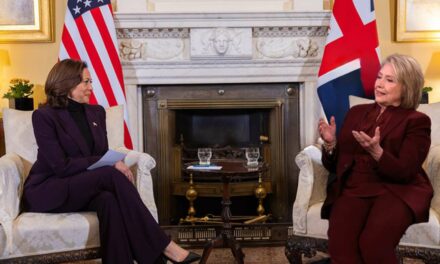We support our Publishers and Content Creators. You can view this story on their website by CLICKING HERE.
BOSTON, MA — A team of MIT’s top physicists recently studied a paper plate and determined they are close to knowing if it is one plate or two stuck together.
The research team had been working diligently to answer the age-old question that had plagued humanity since the introduction of paper plates and announced it was now close to a breakthrough.
“We’ve calculated the density of its paper-to-weight ratio and are closing in on determining if the angle of refraction matches the volume of the mass,” physicist Dale Polansky commented. “We’ve been able to ascertain that there are probably at least two plates stuck together but at this point, we’re going to have to run a few more tests to be sure. Excelsior!”
The question of whether or not it was one paper plate or two has plagued the scientific community — and mankind collectively — for decades. The nation’s top physicists say they may never know for sure the results of the hundreds of tests they’ve conducted but they’re growing closer to making a pretty good guess.
“At a company BBQ recently, Steve picked up a plate, and there it was, the mathematical conundrum that’s plagued our community for decades,” Polansky said. “This makes string theory look like child’s play. We sat down right there at the park and started working out formulas and equations.”
At publishing time, MIT biologists announced they were also close to determining if potato salad is better with mustard in it.
Watch how a D.E.I. consultant magically turns a video game into… well, something else entirely.
Subscribe to our YouTube channel for more uplifting DEI videos!

 Conservative
Conservative  Search
Search Trending
Trending Current News
Current News 





